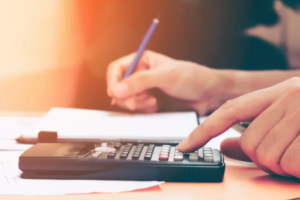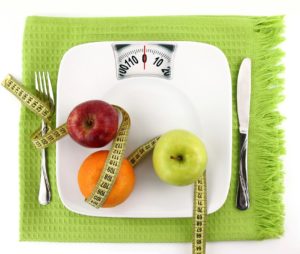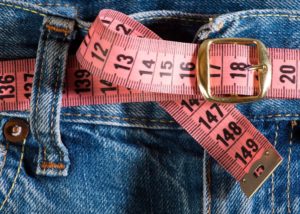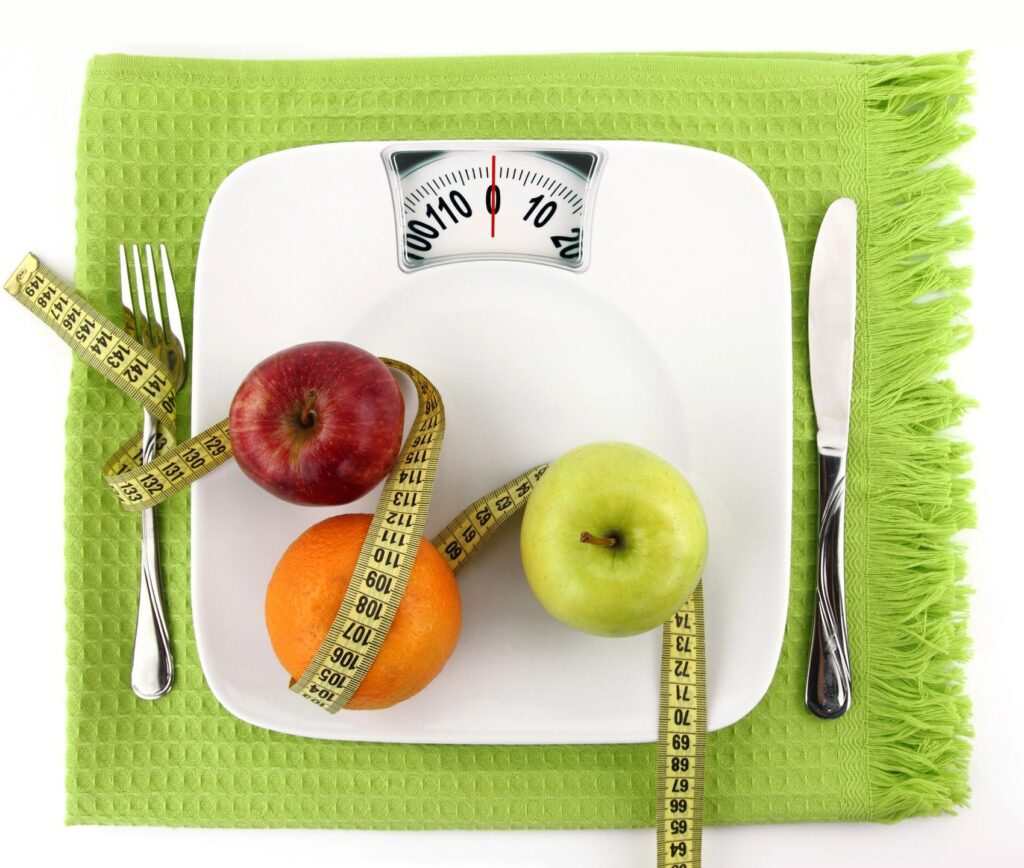As the saying goes, “what gets measured, gets managed.”
While most people understand that you have to budget and put away money for retirement, we find it harder to wrap our heads around “budgeting” our calories. But the fact remains, the simplest way to lose weight or to maintain your ideal weight once we achieve it, is to track the food you eat.
Food logging may seem like one more “annoying” task to add to an already busy agenda, but it becomes easier with practice. Here are five simple steps to tracking your food like a pro.
#1) Determine your calorie needs.
Quick disclaimer: These are ballpark figures. It’s impossible to know your exact energy input and output (without subjecting you to a controlled experiment – and ain’t nobody got time for that). Finding the correct balancing point is part art, part science. But this will give you a target that you can later adjust based on how your body responds.
Measure your current body weight. If you want to lose weight, multiply your weight by 10-12, and eat that many calories each day. If you are active and want to “recomp” (short for recomposition, or losing body fat while building lean muscle) multiply your bodyweight by 15, and eat that much.
Calorie targets:
- Weight loss – bodyweight x10-12
- Recomposition – bodyweight x15
- Muscle gain – bodyweight x16-18
For instance, a 150# person wanting to lose weight multiplies 150×10 and 150×12. Their daily calorie target would be 1500-1800 calories. Let’s say the same 150# person would rather not lose much weight, just look leaner by burning some fat and building some muscle. They’d multiply 150×15 and consume 2250 calories each day.
#2) Set your “macro” goals.
Macronutrients are protein, carbohydrates, and fats. Protein is the most important in terms of fat loss and body composition. You want to consume one gram (1g) of protein per pound of your bodyweight. So our 150# example person needs 150g of protein. Since protein contains 4 calories per gram (4 cal/g), that’s about 600 calories from protein daily.
You can distribute the rest of your macros among carbs (4 cal/g) and fats (9 cal/g) as desired, but in general, a lower carbohydrate and moderate fat diet helps people lean out faster. A higher carbohydrate approach is helpful if you are very active and train intensely 5-6 times per week.
#3) Download a calorie tracking app.
My Fitness Pal is the most popular calorie tracking app, but I prefer Lose It because it has a cleaner user interface and (in my opinion) a more accurate food database. Honestly, it doesn’t matter which app you choose, so long as you use it regularly.
#4) Input all the food you eat each day.
That’s it – as simple as scanning the barcode on your protein bar or looking up each item in your breakfast scramble. The app will tally everything and show you how many calories, protein, carbs, and fats you’re eating so that you know how much of your “budget” you have left for the day.

A few key points:
- Measure your food, don’t eyeball it. Use measuring cups and purchase a food scale. You don’t need to do this part forever. I recommend weighing and measuring everything you eat for two weeks, or until you learn how to judge portion sizes for yourself.
- Be proactive. Most people track their food after they eat it, which can leave you with some wonky macros at the end of the day. Unless you want a tablespoon of butter and a protein shake for dinner, try tracking your meals the day before.
This not only helps you plan to hit your calorie and macro targets more closely, it also creates self-accountability. If you already entered “spinach scramble, ham and cheese sandwich, carrots with hummus, and grilled fish with veggies” into your food log, you’ll be more likely to actually eat those things instead of going off-plan.
#5) Reassess your progress and adjust your calories/macros as needed.
 Weigh yourself weekly or bi-weekly to assess progress. Other good indicators: energy levels, how your clothes fit, hip/waist measurements, and progress photos.
Weigh yourself weekly or bi-weekly to assess progress. Other good indicators: energy levels, how your clothes fit, hip/waist measurements, and progress photos.
If your goal is to lose weight, and the scale is dropping – great! Keep going. If it’s not responding, try dropping 100-200 calories from your carbs and fats, then reassess at your next weigh-in.
If you don’t care as much about your weight and simply want to look leaner and more toned, progress photos will be your best way to determine if your plan is working. Take these weekly or bi-weekly when you step on the scale and compare them side-by-side.
Remember, body recomposition won’t happen overnight, so stick with the plan for several weeks to get the full picture before making any changes. Trust the process.
Food logging FAQ
Should I track my workouts? Nope. For one thing, these apps grossly overestimate your calorie-burn through exercise. This makes people think they have more “wiggle room” in their calorie budget than they realistically do. For another thing, the recommended calorie ranges above assume that you are exercising moderately as part of your weight loss plan. The purpose of exercise (other than getting strong and awesome) is to help create a calorie deficit so that you lose weight. You don’t want to offset that by eating more because you feel like you “earned it.” Plus, you’re not a dog, so don’t use food treats as a reward.
How long should I track my diet? This answer is going to be different for everyone. If it’s your first time tracking what you eat, it might take you much longer to get the hang of preparing meals and inputting them into a food log than it will for a person who’s used such a tool in the past, who has a relatively healthy diet already, and who has cooking experience (and probably understands how to measure ingredients already).
I recommend that most people start out with tracking their food for 30 days. You can set reminders within the app to track their meals so you don’t forget to do it. After 30 days, patterns will start to emerge, and you’ll have ongoing feedback about what you can improve. Going through this process for a month also builds baseline awareness of portions sizes and how to eyeball when “enough is enough” so that you don’t habitually overeat.
What if I go over my calorie budget? This is where tracking can turn into a bit of a mind game. You know you’re supposed to hit a certain calorie range, but a social event pops up and you want to enjoy it. You say “fuck it” and have a slice of pie or a second drink, knowing that you’ll go over your calorie budget. Thinking the whole day is already blown, you reach for second helpings or a third drink.
Instead of letting this “fuck it” mentality throw you off track for the rest of the day, consider your calorie budget on a weekly basis. You might be a couple hundred calories under budget at the start of the week, when you stick to your meal prep plans. Towards the weekend, you’ll have more free time to enjoy fun social events, so you go a couple hundred over budget one night a week. No biggie. You’re still on course because you created a deficit during the week.
Does that mean you should binge on the weekends? No. It merely means you shouldn’t freak out if you have a few too many drinks and appetizers. Don’t shoot yourself in the foot. Just get right back on track at the next opportunity.
(PS: Check out my guide on how to survive the weekend and defeating the “fuck it” mentality.)


Pingback: Why I Don't Use Recipes Or Meal Plans | KPxFitness
Pingback: Athletic Abs | KPxFitness